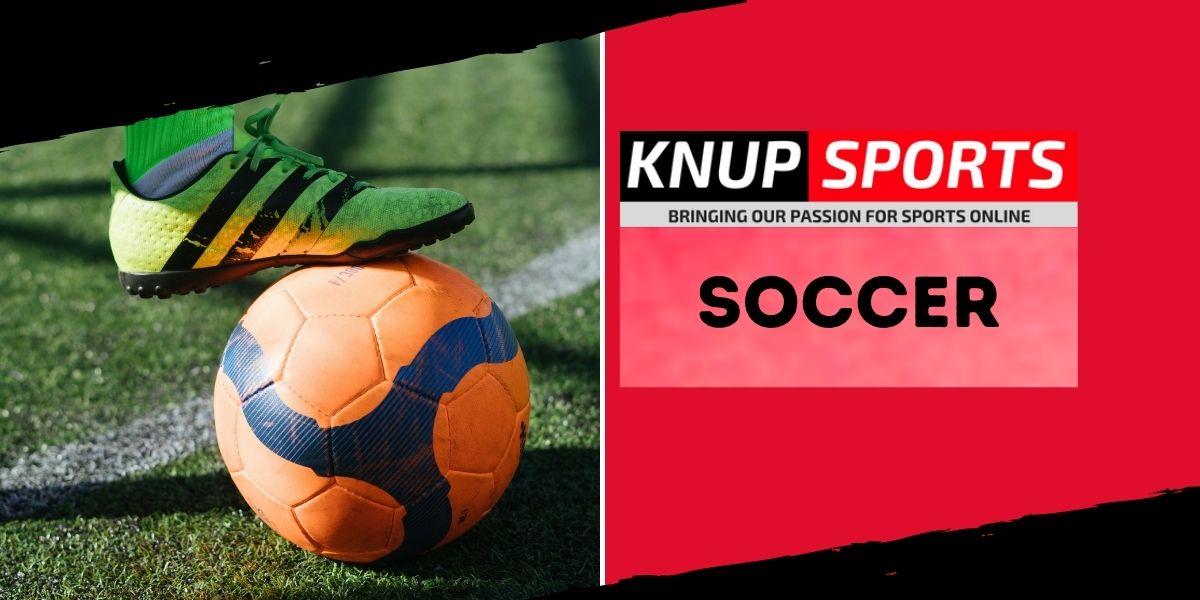Women’s Soccer And Torn ACL’s
The Women’s World Cup is facing the absence of some of the sport’s biggest stars due to what seems like an epidemic of ACL injuries. Prominent players like Vivianne Miedema, Leah Williamson, Beth Mead, Janine Beckie, and Catarina Macario won’t be able to participate in the tournament set to begin July 20 in Australia and New Zealand.
Players are Questioning Why This is Happening
The prevalence of these injuries has left players questioning the reasons behind the troubling trend. Andi Sullivan, a U.S. midfielder who has also experienced an ACL tear during her college years at Stanford, admits that the issue is multifaceted and still lacks comprehensive research. While the exact causes remain unknown, players are calling for increased attention and investigation into the matter.
They emphasize the urgency to understand why these injuries are so prevalent and how they can be prevented or managed. The hope is that heightened awareness will prompt a closer examination of the factors contributing to these injuries and lead to improved strategies for player safety and well-being.
In the past year, an alarming number of ACL injuries affected nearly 60 players in the world’s top professional women’s leagues. Among them was Alexia Putellas of Spain, who suffered an ACL injury right before the Euros in July. As she prepares to represent Spain at the upcoming World Cup, Putellas has joined forces with FIFPRO, the international players’ union, to draw attention to this concerning increase in ACL injuries.
Advocating for research to be done into potential contributing factors, such as player workload, medical care, field conditions, and overall equity in the sport. Both parties hope to raise awareness about the challenges female players face and work towards implementing measures to prevent and manage ACL injuries more effectively.
Factors of ACL Injuries
Multiple factors contribute to the higher incidence of ACL tears in women soccer players compared to men. Dr. Holly Silvers-Granelli, a biomechanics and applied physiology expert and the chair of MLS’ Medical Assessment Research Committee, points to six perceived risk factors that can shed light on this issue.
One significant factor is the physiological differences between men and women. In women, the ACL tends to be smaller, and the femur’s notch, which the ACL passes through, is more narrow. This structural variation results in less space for the ACL to move freely, increasing the likelihood of impingement on the ligament and elevating the risk of injury. While physiological differences play a role, further investigation is necessary to fully understand all the factors contributing to the gender disparity in ACL injury rates.
The second risk factor is related to environmental conditions, such as the type of surface (grass vs. artificial turf), temperature, precipitation, and the choice of cleats (molded or studded). It is worth noting that only in the past seven years have manufacturers started producing cleats specifically designed for women, acknowledging the need for footwear tailored to their unique biomechanics.
The third risk factor is connected to hormonal surges during a woman’s menstrual cycle, which can influence the looseness of ligaments, potentially impacting injury risk.
The fourth factor is related to genetics; if a parent tears an ACL, their child may be more susceptible to the same injury, although this could also be attributed to an athletic parent exposing their child to sports.
The fifth risk factor involves equal access to resources, including quality facilities, knowledgeable coaches, and training staff. Disparities in resources can affect proper injury prevention measures and support systems for female athletes.
Lastly, Biomechanics plays a crucial role, as individual movement patterns during activities like running, jumping, and cutting can influence ACL injury risk. One of the factors is the wider hip structure in women, which affects knee mechanics and places added strain on the ACL.
Additionally, women tend to land with a slightly stiffer leg, making it more challenging to absorb forces effectively during physical activities.
Disparities Between Men and Women’s Soccer
If these patterns were occurring on the men’s side, immediate action and attention would be given to finding solutions and ensuring players’ availability during crucial moments of their careers. Megan Rapinoe emphasizes the contrasting load and intensity between women’s and men’s soccer and points out the disparities in resources and support for women’s teams.
According to Martin Hagglund, women’s soccer lacks comparable organizational support compared to men’s soccer, extending to essential aspects like the number and quality of medical staff members, physiotherapists, and nutritionists available to support the players.
Conclusion
The complexities surrounding ACL injuries are multifaceted, involving various factors such as physiological differences, training regimens, playing conditions, and overall support systems. Consequently, no single solution can entirely eradicate the problem.
Instead, a comprehensive approach that includes better footwear design, injury prevention strategies, and an understanding of the unique needs of female athletes is necessary to combat the issue effectively. By combining research, data, and collaboration among athletes, footwear brands, medical experts, and governing bodies, women’s soccer can make significant strides in reducing the prevalence of ACL injuries and promoting the well-being and success of its players.








